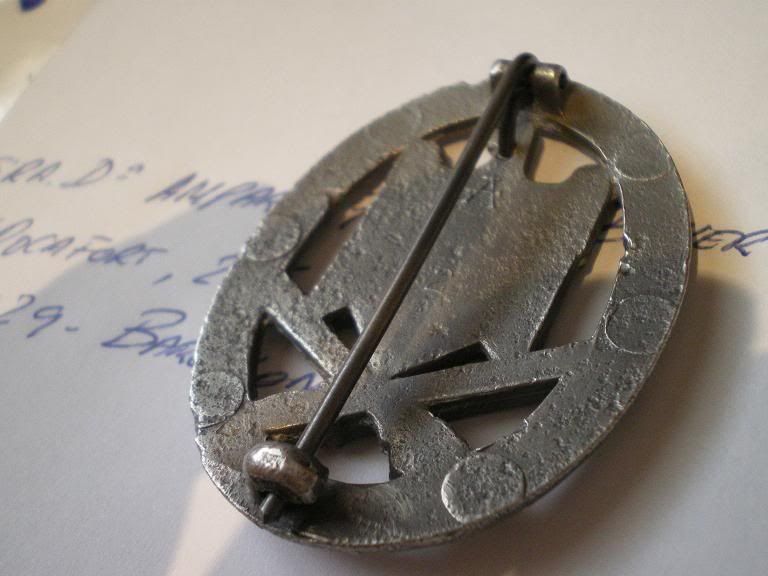Hello friends.
I have recently acquired this Badge of General Assault marked Assman, of the mold I number 2. According to the book German Combat Badges Vol.1 the details of the same agree and seems authentic, but I would like the opinion of the experts. Thanks




I have recently acquired this Badge of General Assault marked Assman, of the mold I number 2. According to the book German Combat Badges Vol.1 the details of the same agree and seems authentic, but I would like the opinion of the experts. Thanks





 . Stewy
. Stewy

Comment